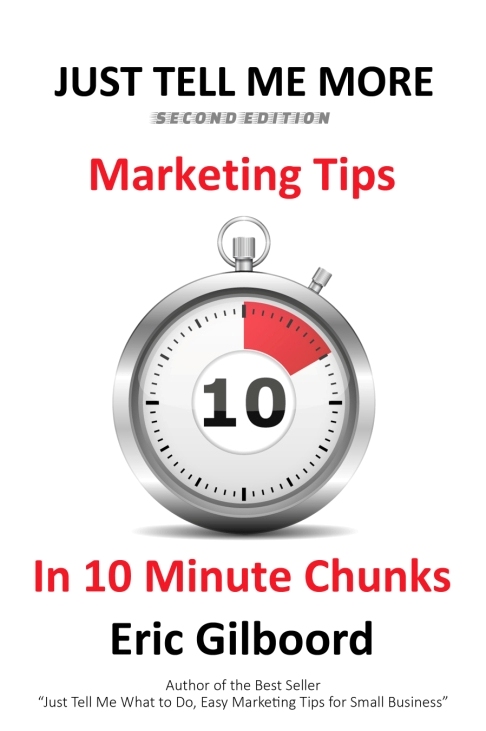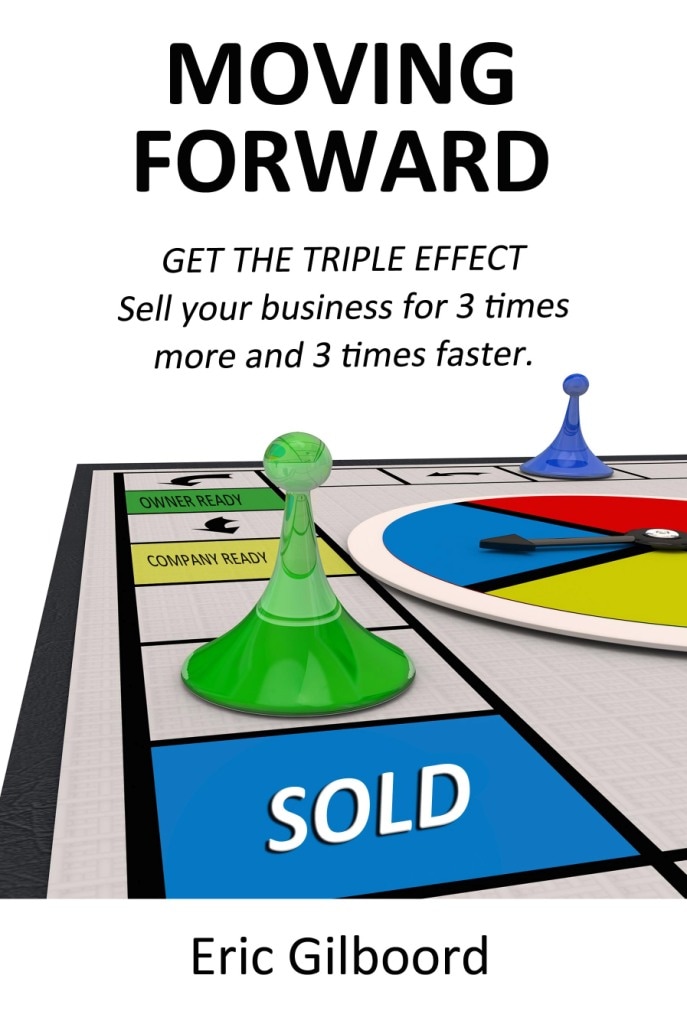By MarcandAngel.com
Close the door to the habits that have been holding you back, change the record, clean the house, and get rid of the dust and dirt. Stop denying yourself a fair chance. Stop being who you were, and become who you really are.
Starting today, stop…
- Playing it safe. – Have you ever tucked something of value “in a safe place” out of fear that someone might ruin it or steal it from you? And then one day woke to the realization that you had hid it so well that even YOU couldn’t find it? If so, then you understand the wisdom of leaving your heart and your dreams in the wide open. To reach for what can be, even when we’re doubtful. To let go of what is lost, even when it’s painful. To live as though we’re brave, even when we’re fearful. These are the trials we face and the choices we make along the path to happiness and success. Read A New Earth.
- Letting everyone else decide for you. – When you feel out of control, it can be tempting to look for someone willing to take charge of your life for you. But before you do, consider this: If you put a collar around your own neck and hand the leash to someone else, you’ll have little or no say about where they lead you. Set your own boundaries and run freely within them.
- Doubting your own dreams. – It doesn’t matter if your hope is to write a book, find lasting love, start a business, achieve forgiveness, heal your body, learn to play a musical instrument, find inner peace, or something else. The first step – and often the longest, most arduous one – is to believe that your dream in possible.
- Tolerating the influence of negative people. – Sometimes we forgive people simply because we want them in our life, and sometimes we let go of them simply because we have had enough. Saying goodbye is one of the most painful ways to solve a problem, but from time to time it’s necessary.
- Letting failed relationships haunt new relationships. – There’s a purpose to every failed relationship. The purpose is not to lower your expectations, but to raise your standards. Remember, you don’t want someone who chooses you solely for what’s good about you. You need someone who sees the bad too, and still appreciates you just the way you are.
- Expecting constant bliss. – True happiness is not found just within positivity, it is found within reality, which means accepting the fact that both positivity and negativity coexist. Trying to be 100% positive all the time is wanting to be an ocean in which waves only rise up and never come crashing down. However, when we recognize that the rising and crashing waves are part of the same one ocean, we are able to let go and be at peace with the way things are, which leads us to happier, more productive places in the long-term. Read Stumbling on Happiness.
- Dwelling on the things you’ve lost. – In life, there are some people and things you’re going to have to lose in order to find your best self. So be grateful for what you have right now, try not to dwell on the things you’ve lost, strive for what you want most, and keep marching forward.
- Overlooking the lesson. – Everything happens for a reason – a reason you can learn and grow from. People change so you can learn how to let go. Things go wrong so you learn to appreciate things when they go right. You believe lies at first so you eventually learn who you can truly trust. And sometimes good things fall apart so better things can fall together.
- Holding on to resentment. – No matter what resentment tells you, to forgive is always in your favor. Leave no residue of hostility in your heart. Release the bitter thoughts you have towards yourself and others. Only then can you satisfy your craving for happiness.
- Being overly critical of yourself. – If you feel like everyone is judging you all the time, realize that we often feel this way when we are too busy judging ourselves.
- Letting pessimism feed your procrastination. – We have two choices when we wake up in the morning: either we go back to sleep and dream, or we wake up and chase that dream. We often spend way too much time wondering why we’re not good enough, and discrediting ourselves, instead of giving ourselves credit. We waste too much time with our heads down and hearts closed, never giving ourselves a chance to look up from the ground to see that the sun is shining bright, and that today is another perfect opportunity to take action and pursue our dreams. Read How to Stop Worrying and Start Living.
- Giving up too soon. – From time to time people ask me how I hold my head up so high after all I’ve been through, and I always tell them the same thing: “It’s because no matter what, I am a survivor, not a victim.” Never let go of hope. Remember what you deserve and keep pushing forward. Someday all the pieces will come together. Unimaginably good things will transpire in your life, even if everything doesn’t turn out exactly the way you had anticipated. And you will look back at the times that have passed, smile, and ask yourself, “How did I get through all of that?”









